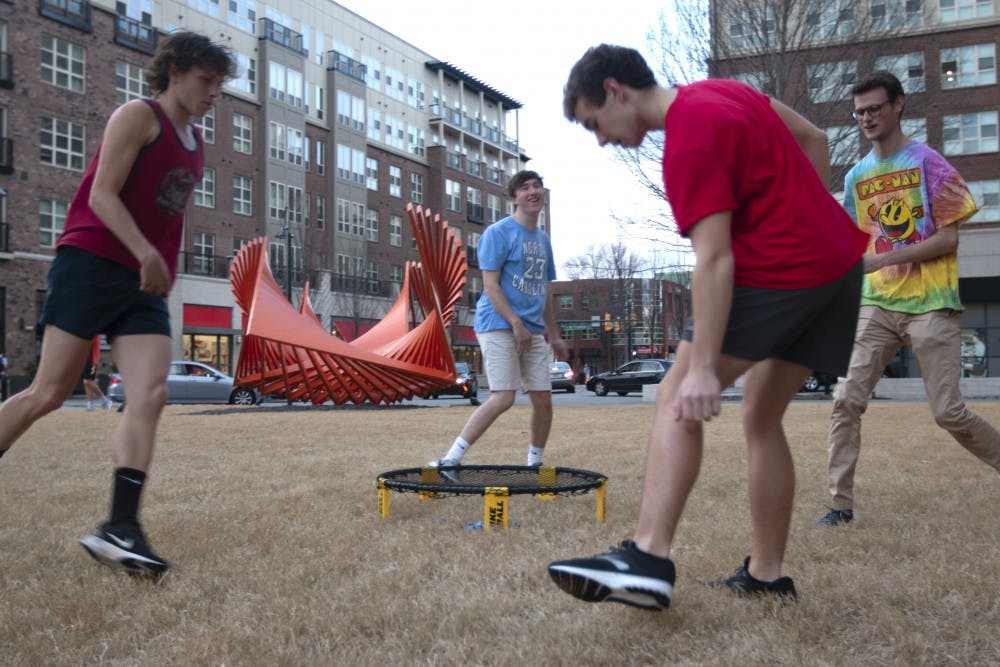The Chapel Hill Town Council approved the 2018-2019 Percent For Art Plan at its meeting on Wednesday, which focuses on adding flexibility to the process of placing the current public art projects.
The Percent for Public Art Program was established in 2002 by the town and allocates 1 percent of the construction budget of selected capital projects toward the creation of public art, their installation and maintenance. The construction budget is supported on private, town, county, state and federal levels.
“The idea here is that through investment in public art, the town is investing in its residents, its visitors and its future and bringing public art into the realm of daily life, accessible to all,” said Rachel Schaevitz, a town council member.
Susan Brown, executive director of community arts and culture, presented the plan and identified three future projects which are eligible for the program. The first is an on-site project at the Municipal Services Center, and the second is the stormwater bonds at the Elliot Road Flood Storage. The third project is turning the former tire park downtown into an urban parklet with a streets and sidewalks bond.
The commission recommended and approved projects to be funded by the general percent for art funds. One of them is $10,000 for the Chapel Hill Nine marker, and the other is up to $15,000 for the Northside Builders Gateway. The commission is still working to get a grant for Northside Builders.
The most recently completed project was the Tanyard Branch Trail bridge railings by Carrboro artist Leo Gaev in 2018. The bridge is part of a trail that connects the Northside neighborhood with Umstead Park. The designs on the railings are inspired by Gaev's photographs of people walking and enjoying the trail.
The new plan is centered around flexibility of whether to place projects on-site or off-site and on sites currently owned by the Town instead of new capital projects.
“We are not doing 'plop art' after the fact, so the building gets built, and then we stick a statue there,” said Brown. “The new procedures allow us to be a little bit more flexible. We can break up that 1 percent and put some in a future fund for maintenance and some for the art.”
Schaevitz said that where the art does not fit on site of the new capital project, the new plan lets the 1 percent be used for another art project at a different location in the town.




